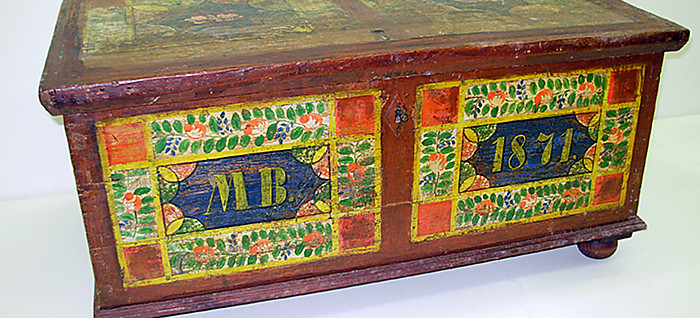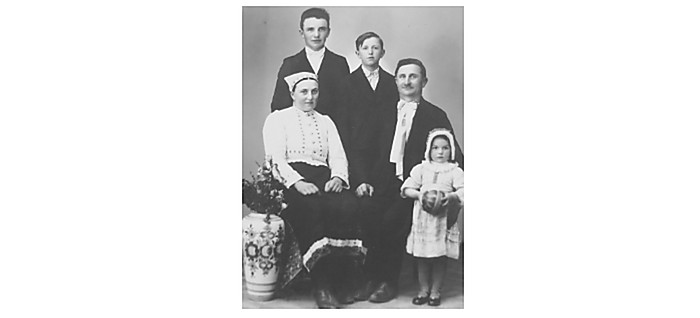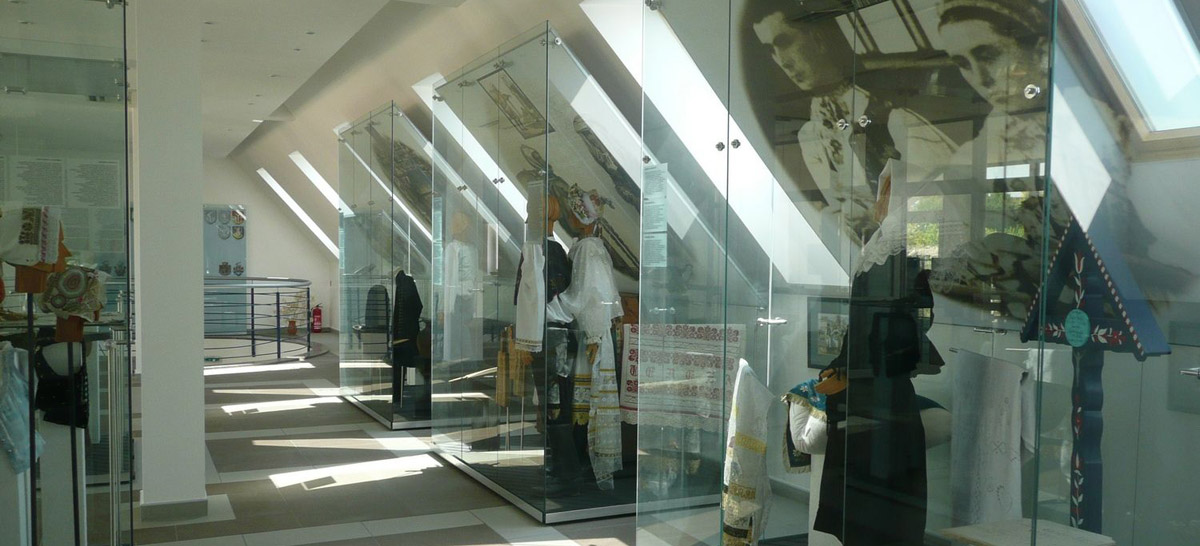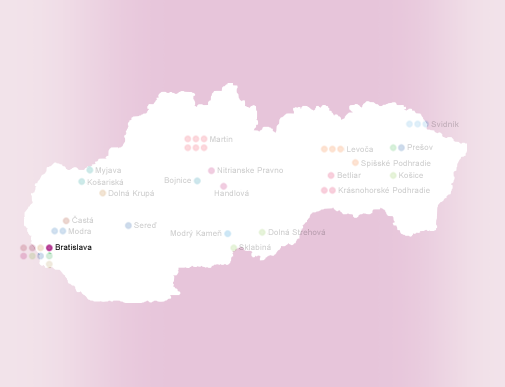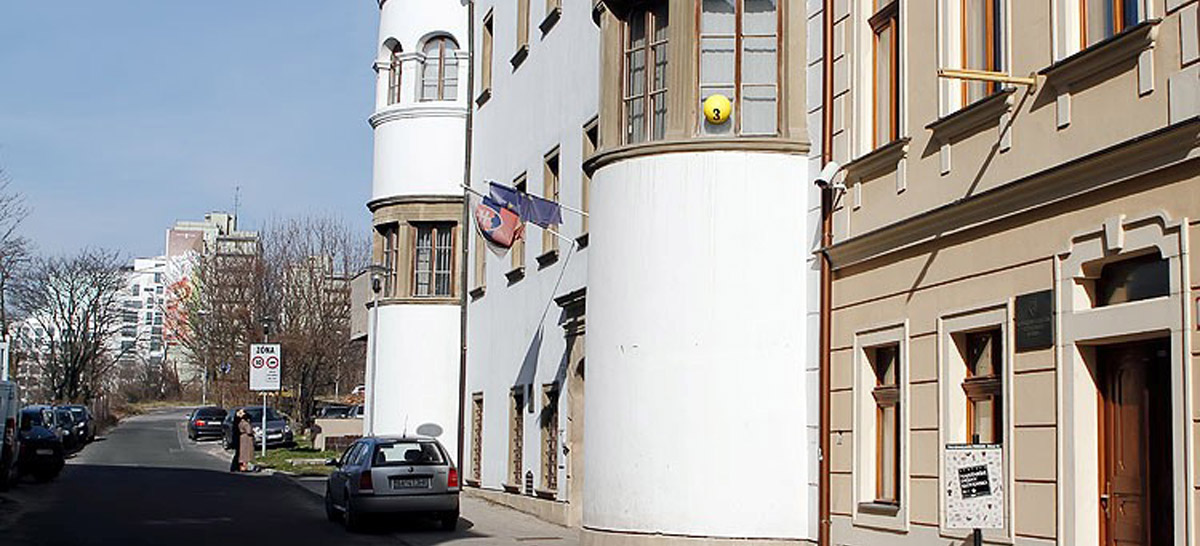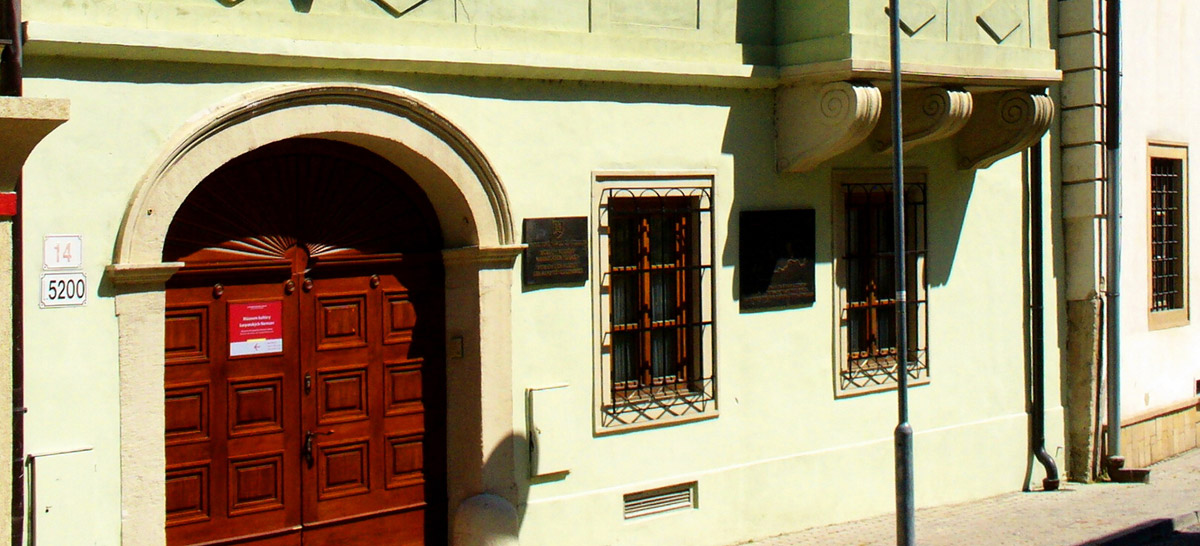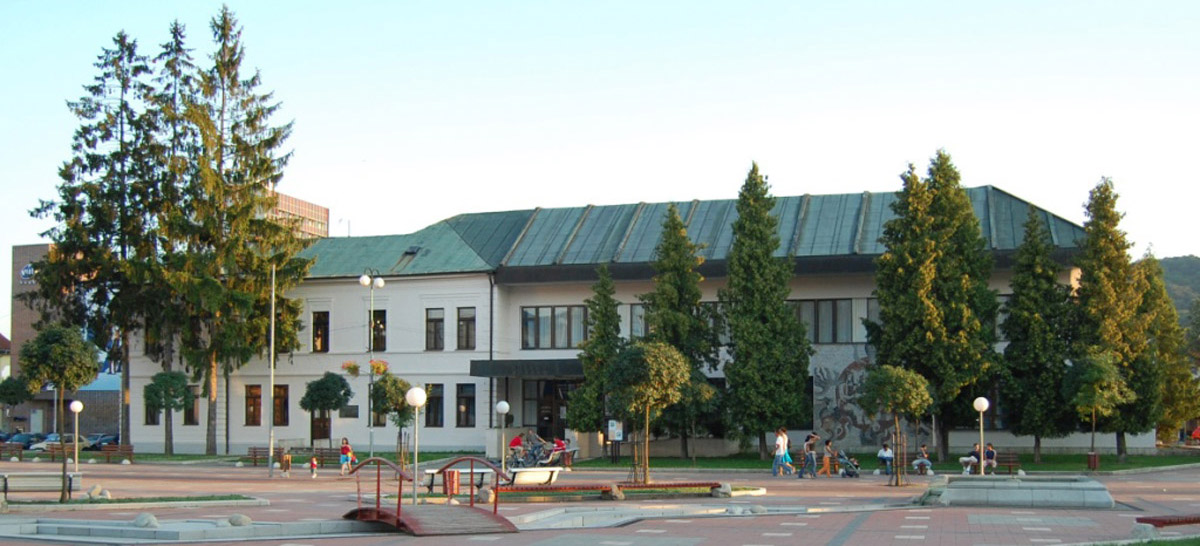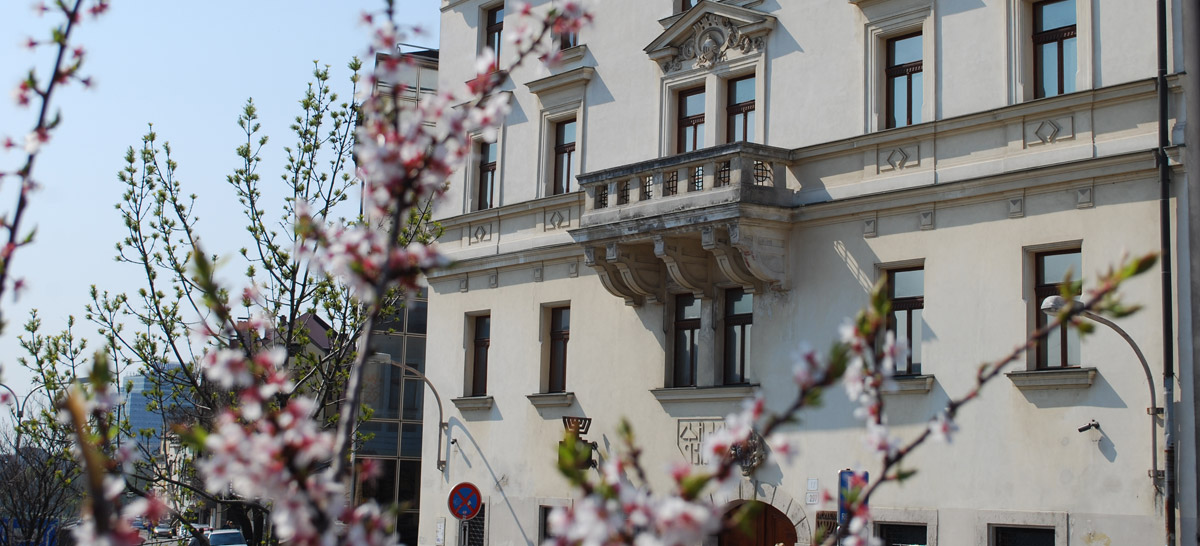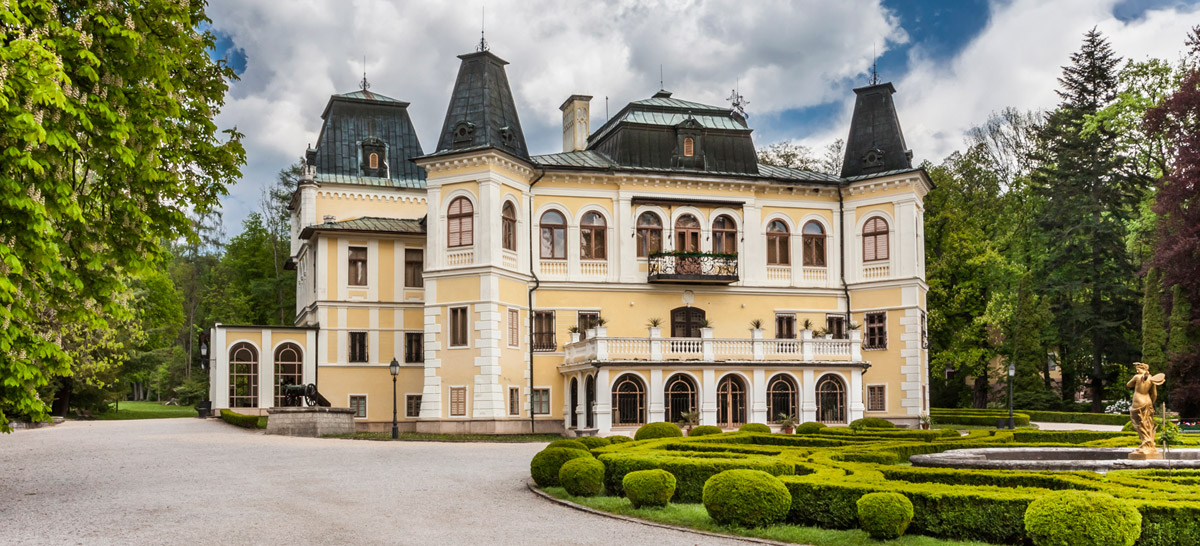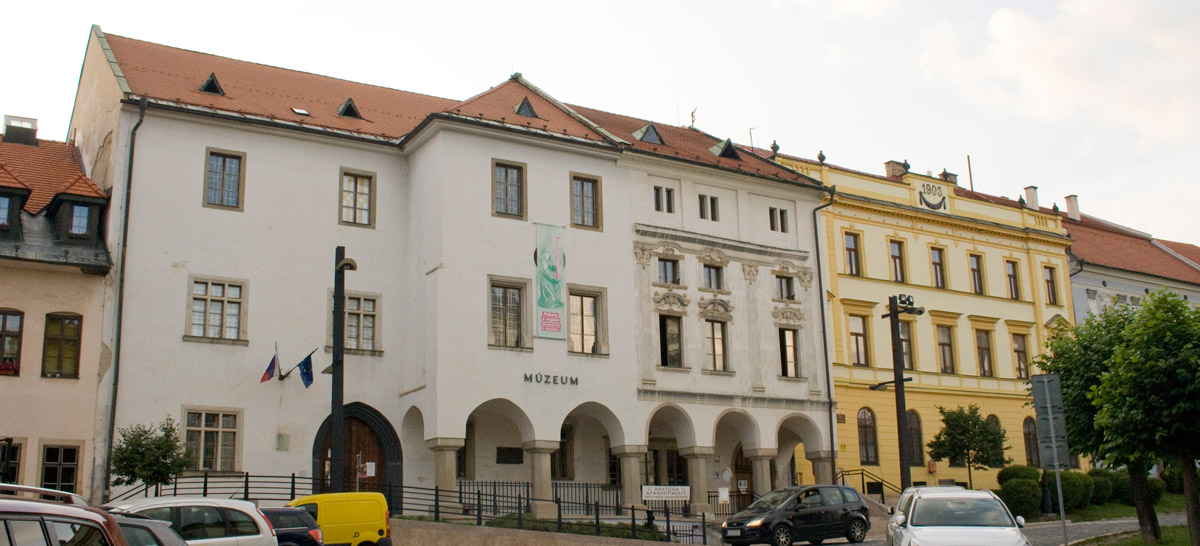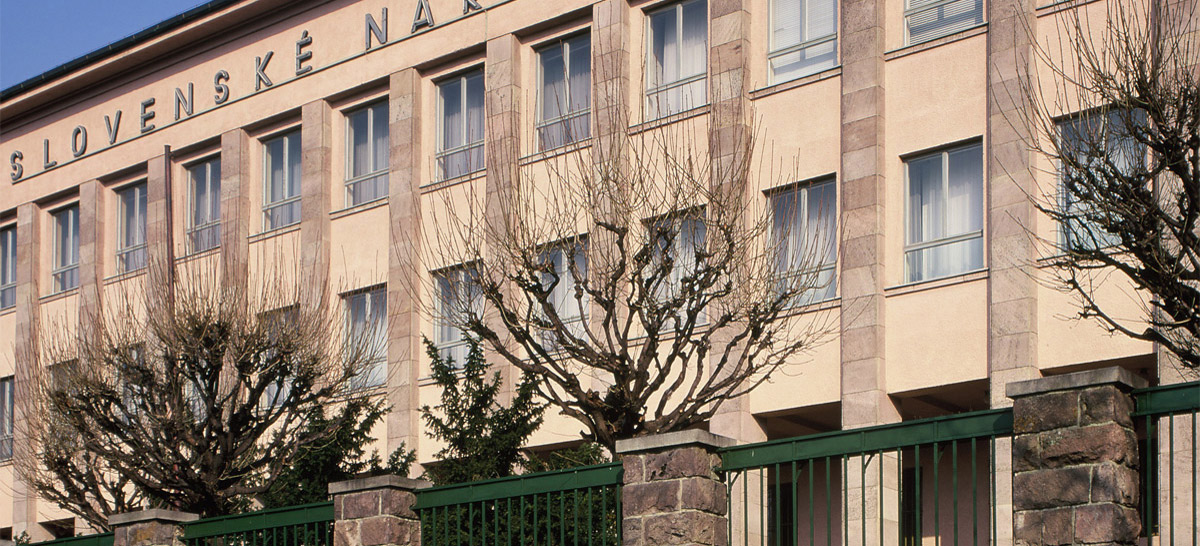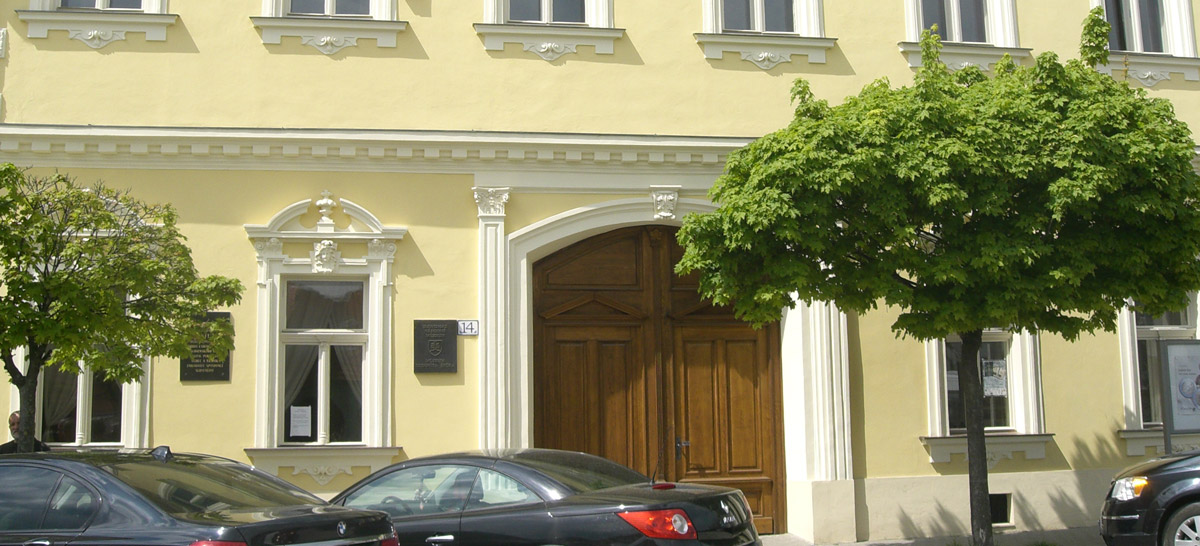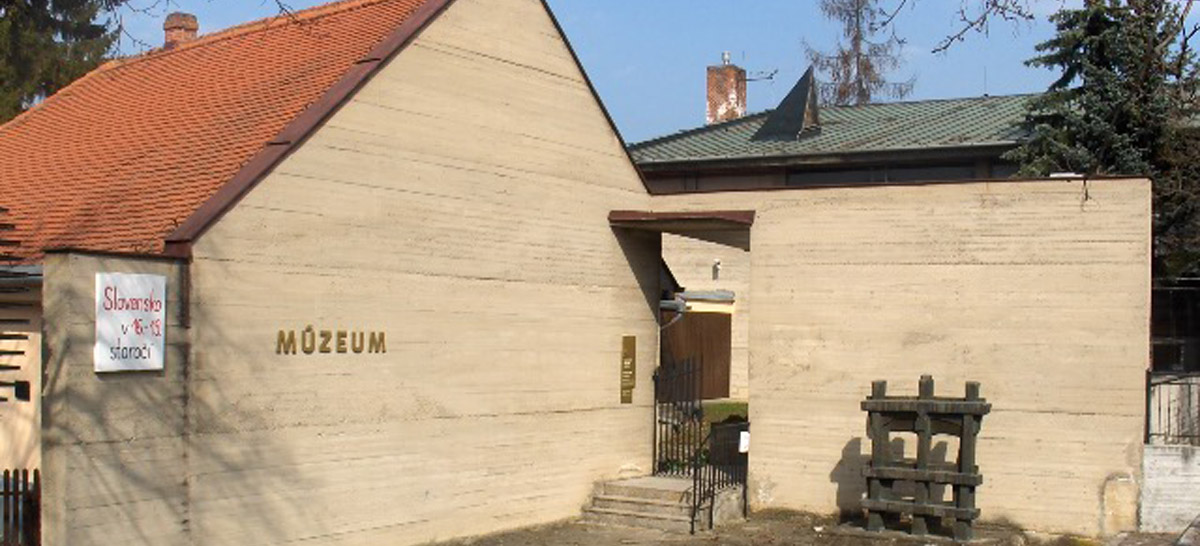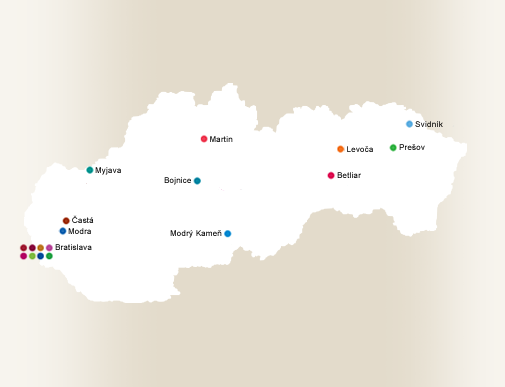Museum of Croatian Culture in Slovakia
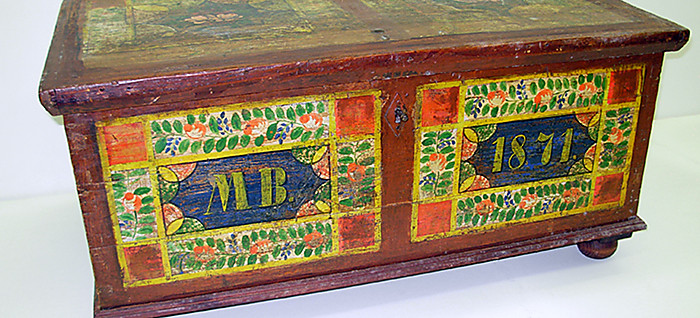
Permanent exhibition of SNM-Museum of Croatian Culture in Slovakia is mainly focused on Croatian minority and presentation of their material and cultural heritage in Slovakia. It focuses primarily on the following areas:
Croatian population
From their original homeland in Balkan Croats brought into the territory of west Slovakia their language, religion, customs, spiritual and material culture. Settling of Croats in the central Danube area began in the early decades of the 16th century and was directly contingent by war campaign of Ottoman Empire in Balkan.
Ethnic consciousness and language
For recovery and preservation of historical and ethnic consciousness of Slovak Croats were important contacts with their old country: with Croatian priests, monks priors of Paulinian in Marianka, Croatian students and teachers at Trnava University in 17th - 18th century.
Folk architecture and housing
Croatian colonists in Zahorie as well as in the area under the Small Carpathians built their dwellings from wood, of which there was plenty. Typical for this area in 16th - 17th century was log construction of wooden buildings. In the same time Croats began to build earthen houses, occasionally some buildings of stone. They covered the roofs with straw.
Clothing and textile culture
Clothing in villages with Croatian settlement belongs to the: clothing region of Trnava (Senkvice); clothing in villages with wine production (Grob), clothing among the Morava river and the Small Carpathians (Devínska Nová Ves, Dúbravka, Lamač), clothing around Skalica (Mokrý Háj) and clothing around the municipalities behind the Danube (Jarovce, Čunovo). Members of the Croatian nobility in Slovakia used to dress according to so-called Hungarian manner.
Folklore
Folk art in Western Slovakia, where the Croatian colonists settled, was reflected in architecture: wall paintings, woodcarving, carvings, in the interior painted and carved furniture, in decoration of household gear and tools, on the tombstones, in decoration of festive clothing and household textiles.
Family customs
Among the most important hoarstone in everyday life of Croatians belonged celebrations and festivals related with a birth, marriage, funeralfestivals. With this reality connected the customary expressions and acts maintained till nowadays in locations still speaking Croatian dialect.

